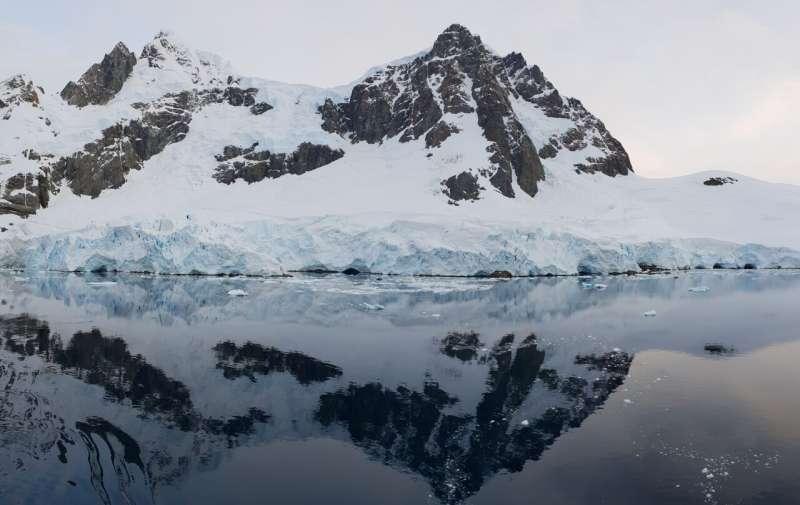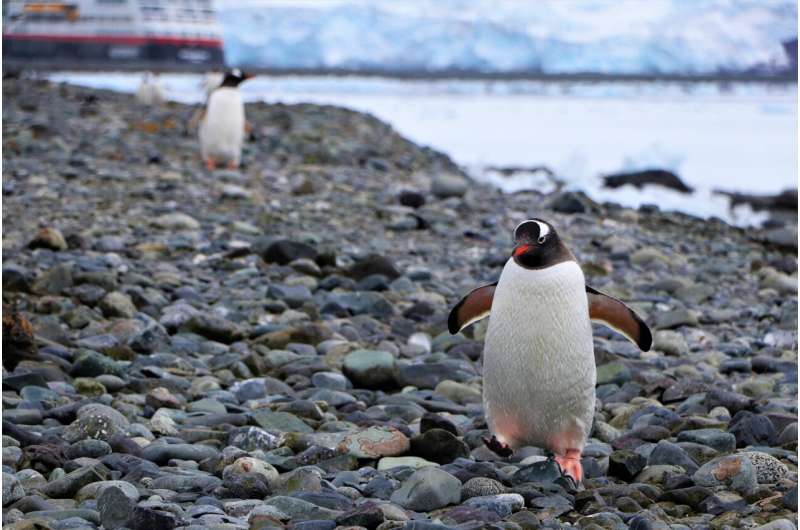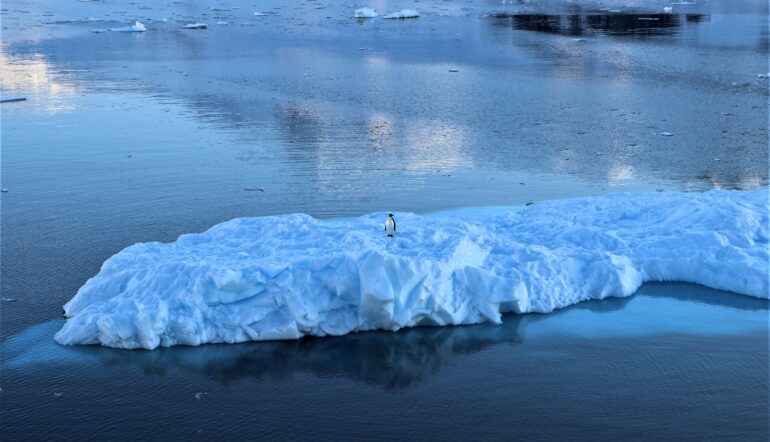Existing conservation efforts are insufficient to protect Antarctic ecosystems, and population declines are likely for 65% of the continent’s plants and wildlife by the year 2100, according to a study by Jasmine Rachael Lee at the University of Queensland, Australia, and colleagues, published December 22 in the open access journal PLOS Biology. Implementing ten key threat management strategies—at an annual cost of 23 million U.S. dollars—would benefit up to 84% of terrestrial bird, mammal, and plant groups.
To better understand which species are most vulnerable and identify the most cost-effective actions, researchers combined expert assessments with scientific data to evaluate threats and conservation strategies for Antarctica. They asked 29 experts to define possible management strategies, estimate their cost and feasibility, and assess the potential benefit to different species between now and 2100.
Climate change was identified as the most serious threat to Antarctic biodiversity and influencing global policy to limit warming was the most beneficial conservation strategy. Under current management strategies and more than 2 degrees Celsius of warming, 65% of land plants and animals will decline by 2100. Emperor penguins (Aptenodytes forsteri) were identified as the most vulnerable, followed by other sea birds and soil nematode worms.

Reflections in the picturesque Lemaire Channel in the Antarctic Peninsula. © Jasmine Lee (CC-BY 4.0, creativecommons.org/licenses/by/4.0/)
However, regional management strategies could benefit up to 74% of plants and animals at an estimated cost of 1.92 billion U.S. dollars over the next 83 years, equating to 0.004% of global GDP in 2019. The regional management strategies identified as offering the greatest return on investment were minimizing the impacts of human activities, improving the planning and management of new infrastructure projects, and improving transport management.

Gentoo penguin walking at Yankee Harbour, Antarctic Peninsula. © Jasmine Lee (CC-BY 4.0, creativecommons.org/licenses/by/4.0/)
As Antarctica faces increasing pressure from climate change and human activities, a combination of regional and global conservation efforts is needed to preserve Antarctic biodiversity and ecosystem services for future generations, the authors say.
Lee, the corresponding author, adds, “What this work shows is that climate change is the greatest threat to Antarctic species and what we need is global mitigation efforts to save them. This will not only help to secure their future, but also our own.”
More information:
Threat management priorities for conserving Antarctic biodiversity, PLoS Biology (2022). DOI: 10.1371/journal.pbio.3001921
Provided by
Public Library of Science
Citation:
Current Antarctic conservation efforts are insufficient to avoid biodiversity declines, says study (2022, December 22)



